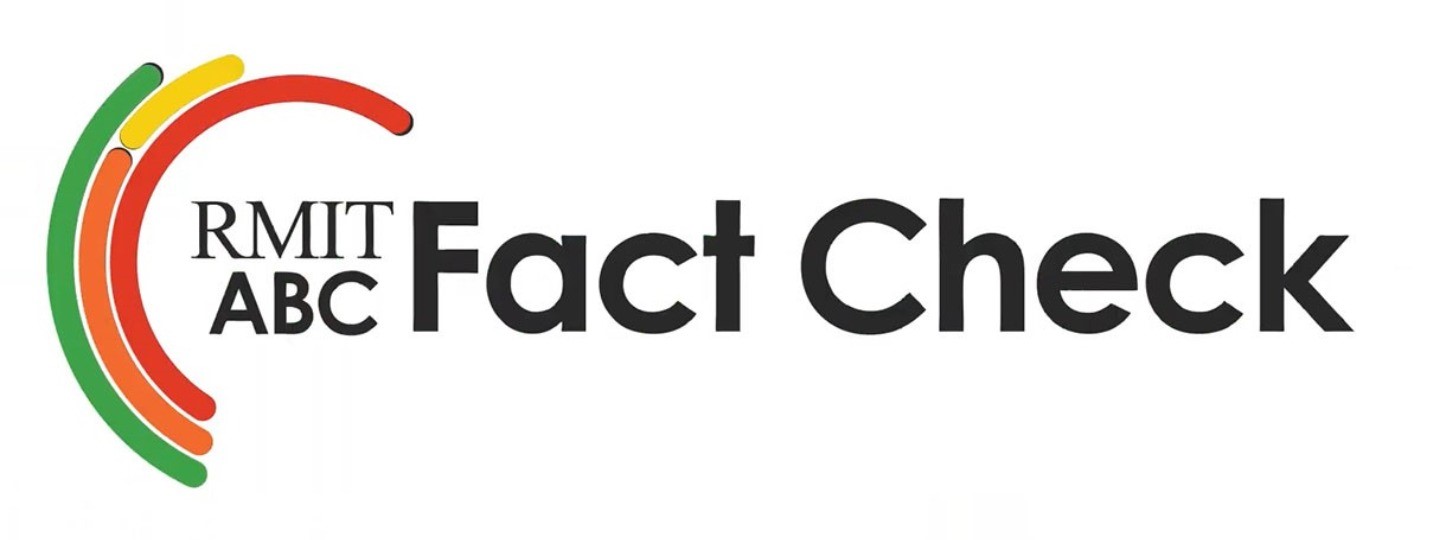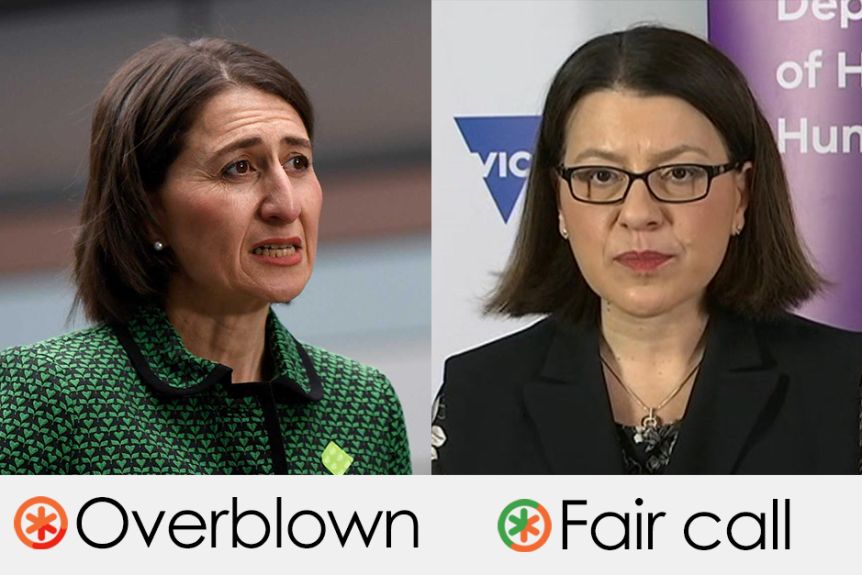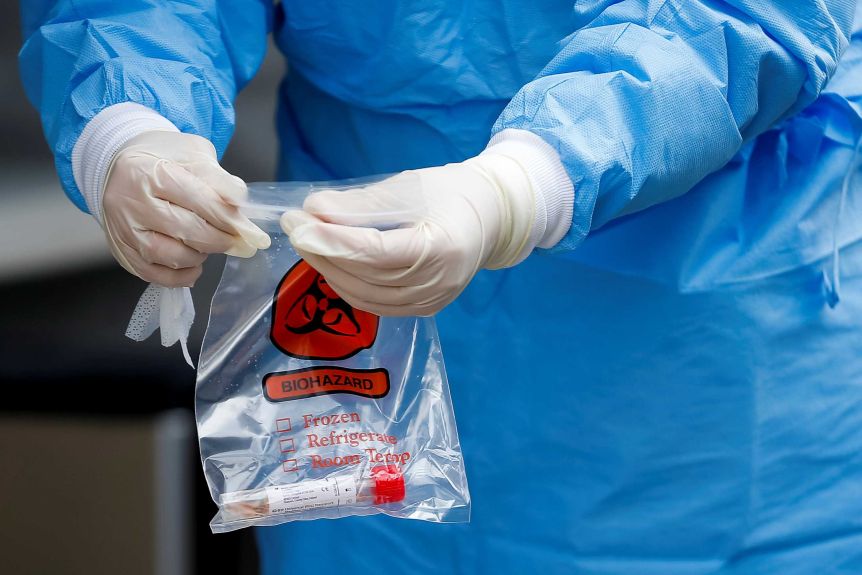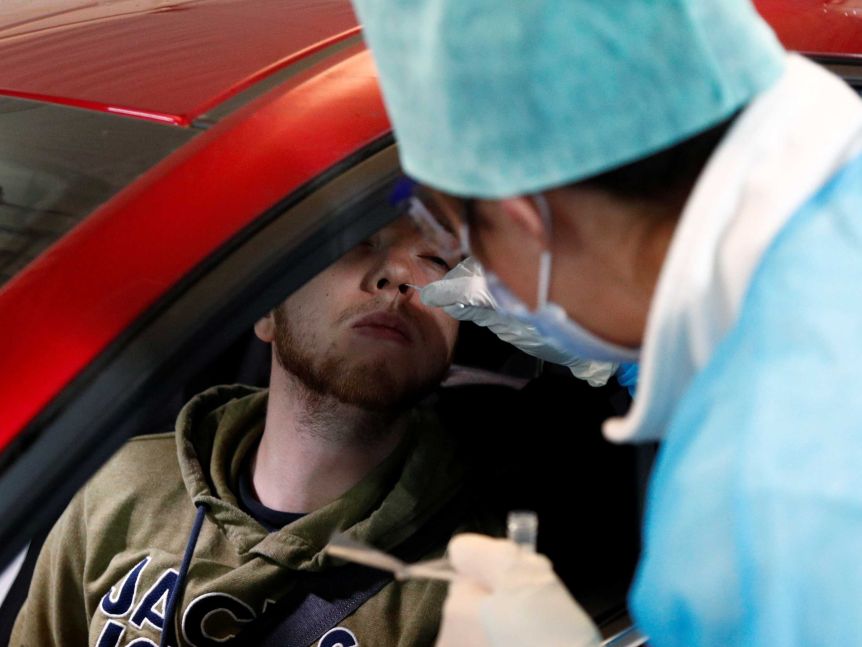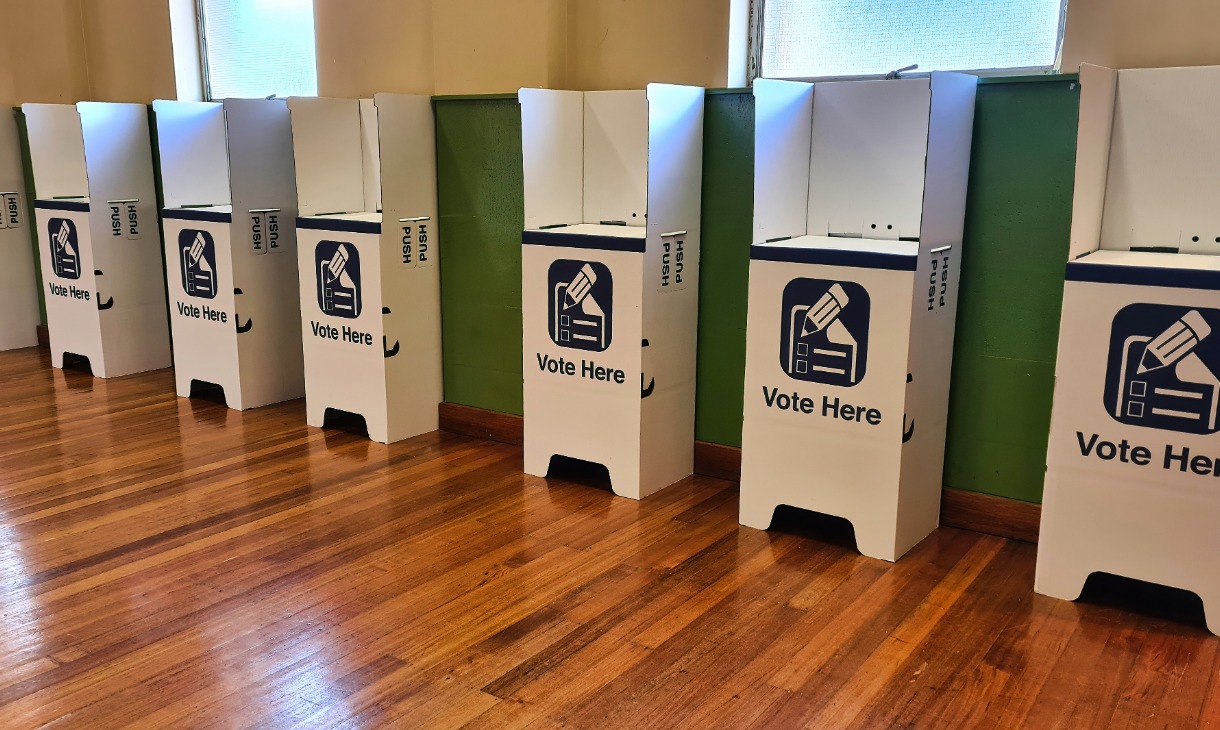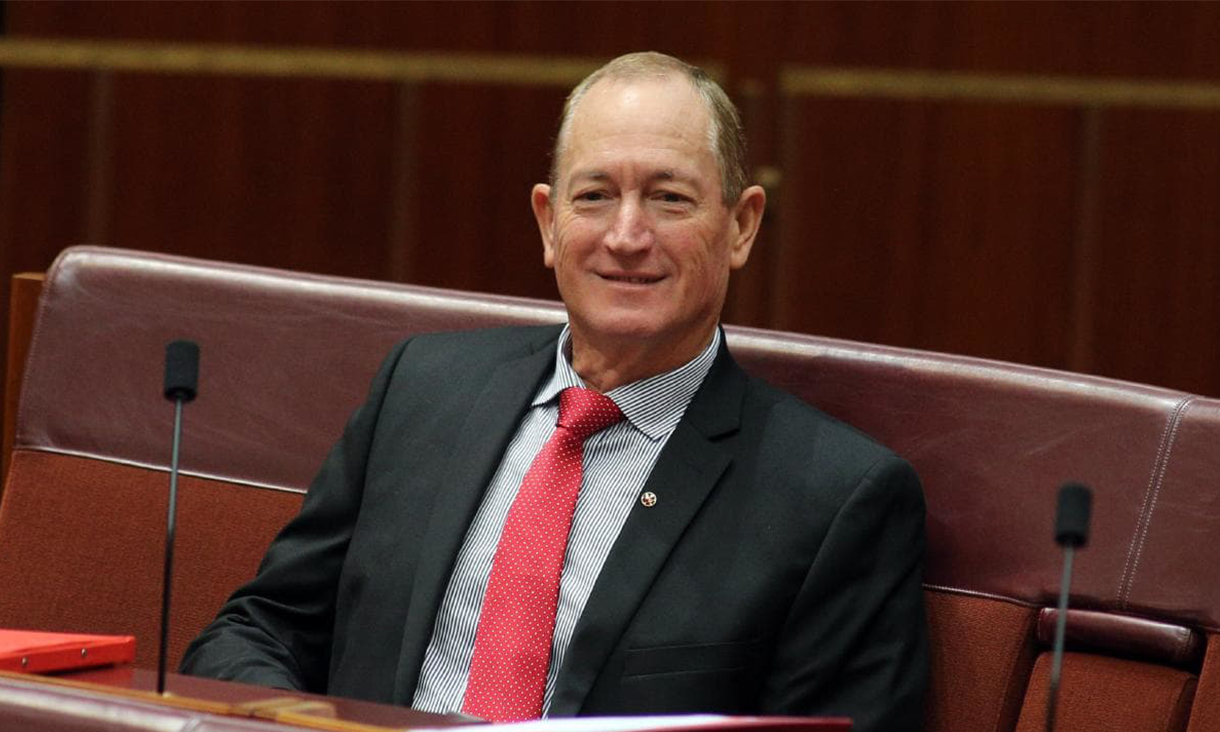Picking a rate
Neither Ms Berejiklian nor Ms Mikakos specified whether they were referring to tests per day or cumulative tests to date.
Fact Check has assessed their claims on both measures.
John Carlin, a professor of biostatistics at the University of Melbourne, told Fact Check that daily rates were "the only way in which we can keep a handle on the intensity of effort that's going into monitoring the current rate of spread of the disease".
He said cumulative rates showed the effort countries had put in over the longer term, "but this will have been spread in very different ways over time".
Catherine Bennett, Deakin University's chair in epidemiology, said it made little sense to look at daily rates over time without also tracking policy changes.
Cumulative rates helped avoid short-term data fluctuations, she said, adding that while these rates would ideally be standardised to a common starting point (such as days since each country's 100th case), the differences from not doing so diminished as the pandemic went on.
Ramon Shaban, University of Sydney's clinical chair of infection prevention and disease control, said the important thing was to have "a continuing high rate of testing that goes on in jurisdictions over time", and it was this, combined with falling community transmission, that showed whether a country was actively looking for cases.
Different places, different counts
Both claimants compared their rates of "testing" to those of other countries. However, not all countries count the same thing.
Some report the number of tests conducted, others the number of people tested. It is often not clear which method they are using.
Since people can be tested more than once but must have had at least one test to be counted, Fact Check considers the number of people tested to reflect a jurisdiction's minimum possible test rate.
In Australia, where hospitalised coronavirus patients must meet certain conditions including the return of two negative tests before being released from isolation, states report the number of tests conducted.
NSW was an exception. At the time of both claims, it counted the number of people tested, not the number of tests.
The state switched to counting tests on May 26, but unlike the other states and territories its counts still exclude follow-up tests for confirmed cases.
Sourcing the data
To compare Australia's states, Fact Check has used test counts from the Federal Government's weekly reports and daily snapshots. (Fact Check's daily counts for May 14 and May 21 reflect seven-day averages.)
The federal test numbers generally match those publicly announced by the Victorian and NSW health departments.
Separately, Data NSW also publishes daily test counts for the state.
Rates per thousand people were calculated using the latest Australian Bureau of Statistics population estimates, for September 2019.
Victoria takes the lead
Ms Mikakos claimed on May 21 that Victoria had among the world's highest test rates.
The numbers show South Australia led the nation in cumulative testing per capita until the week of May 10, with NSW just behind.
Then, Victoria leapt ahead — overtaking NSW on May 12, then South Australia on May 14.
